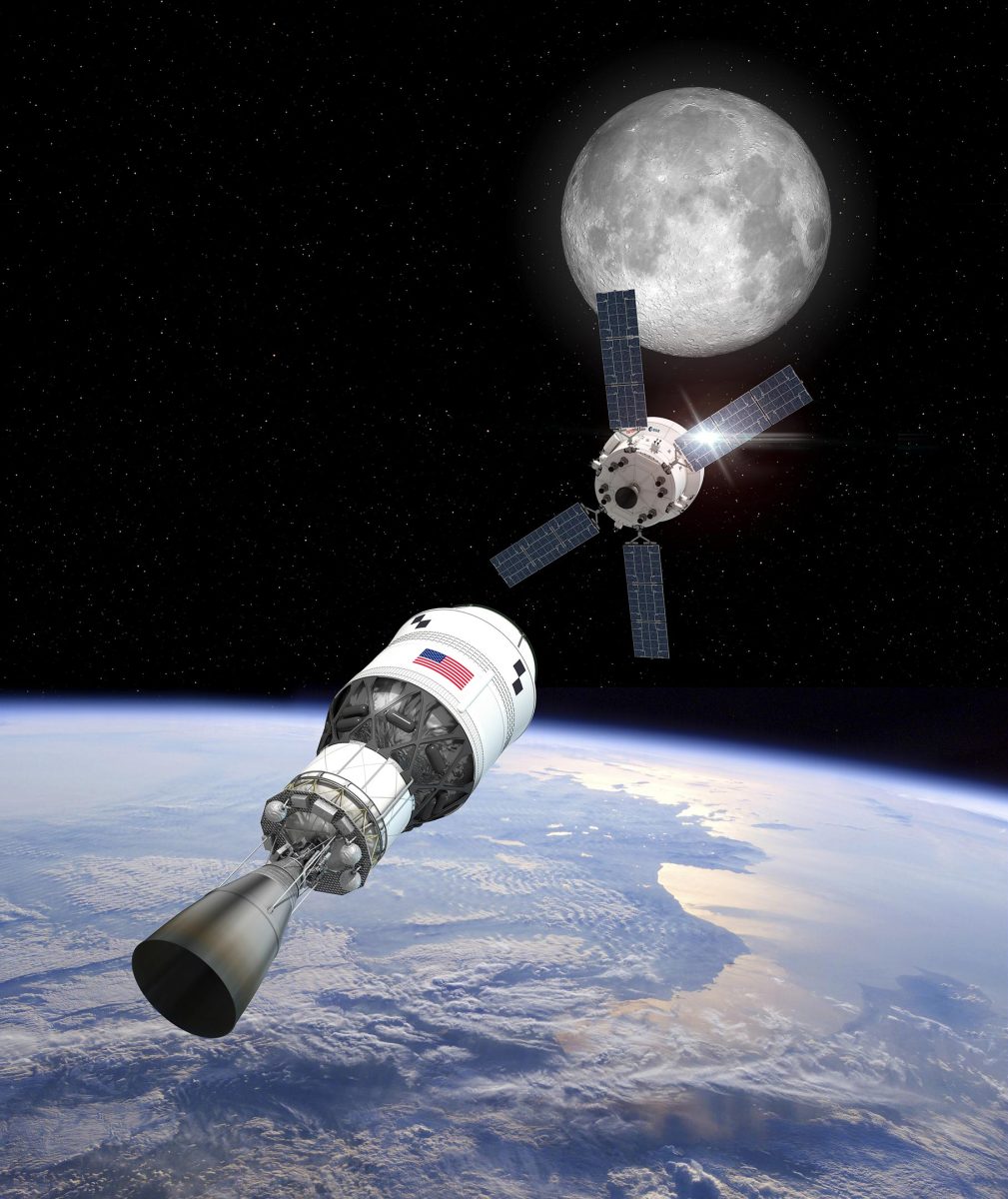Artist’s view of Artemis I – Orion/ESM separation from Upper Stage. Credit: ESA– D. Ducros
NASA’s uncrewed Orion spacecraft is on the second day of its journey heading toward the Moon as part of Artemis I, a planned 25.5-day flight test. At 6:32 a.m. EST, Orion performed a second outbound trajectory burn using the auxiliary thrusters on the European Service Module. Rather than using the main engine, these auxiliary thrusters will be used for most trajectory correction burns.
Teams also collected additional images with the optical navigation camera and activated the Callisto payload, a technology demonstration from Lockheed Martin in collaboration with Amazon and Cisco. Located in the Orion cabin, Callisto will test voice-activated and video technology that could assist future astronauts on deep space missions.
Callisto is named after a mythological Greek goddess and one of Artemis’ hunting attendants and is meant to show how commercial technology could assist future astronauts on deep space missions. The payload will demonstrate how astronauts and flight controllers can use human-machine interface technology to make their jobs simpler, safer, and more efficient, and advance human exploration in deep space.

On the second day of the 25.5-day Artemis I mission, Orion used its optical navigation camera to snap black and white photos of planet Earth. Orion uses the optical navigation camera to capture imagery of the Earth and the Moon at different phases and distances, providing an enhanced body of data to certify its effectiveness as a method for determining its position in space for future missions under differing lighting conditions. Credit: NASA
Yesterday, flight controllers moved each solar array to a different position as the Integrated Communications Officer, or INCO, tested the WiFi transfer rate between the camera on the tip of the solar array panels and the camera controller. The goal was to determine the best position to most efficiently transfer imagery files.
NASA’s Johnson Space Center will host a briefing previewing the pair of maneuvers required to enter distant retrograde orbit Friday at 5 pm. Live coverage will be available on the agency’s website, NASA Television, and the NASA app.
Share your story or advertise with us: Whatsapp: +2347068606071 Email: info@newspotng.com















